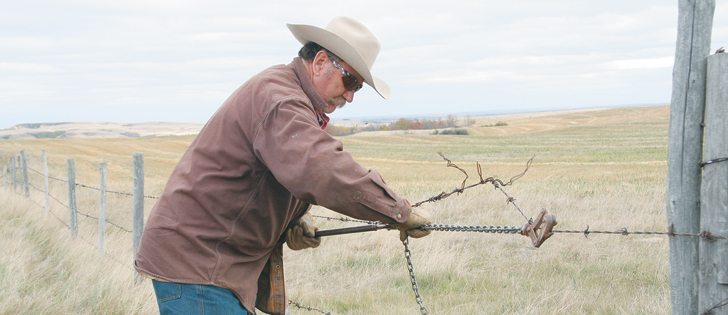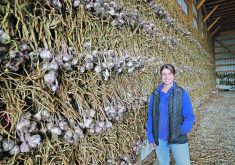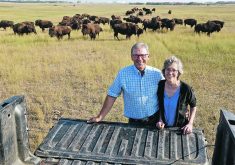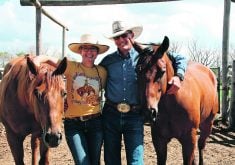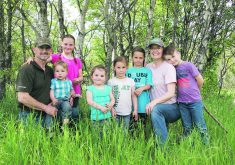Circle Y Ranch owners tell tales of famous outlaws
BIG BEAVER, Sask. — At the eastern edge of Saskatchewan’s Big Muddy Valley, cattle graze where outlaws once hid.
The United States is practically within spitting distance of the Circle Y Ranch, and the Big Muddy itself is at the northern end of the Outlaw Trail that ran all the way to Mexico.
Tamela Burgess knows more about those outlaws than most, and if you take one of the summer tours to the ranch and her Old Porch Gallery, you can hear the tales of Dutch Henry, Sam Kelley, the Sundance Kid and others who used the area as a hideout and a place to change the brands on stolen horses.
Read Also
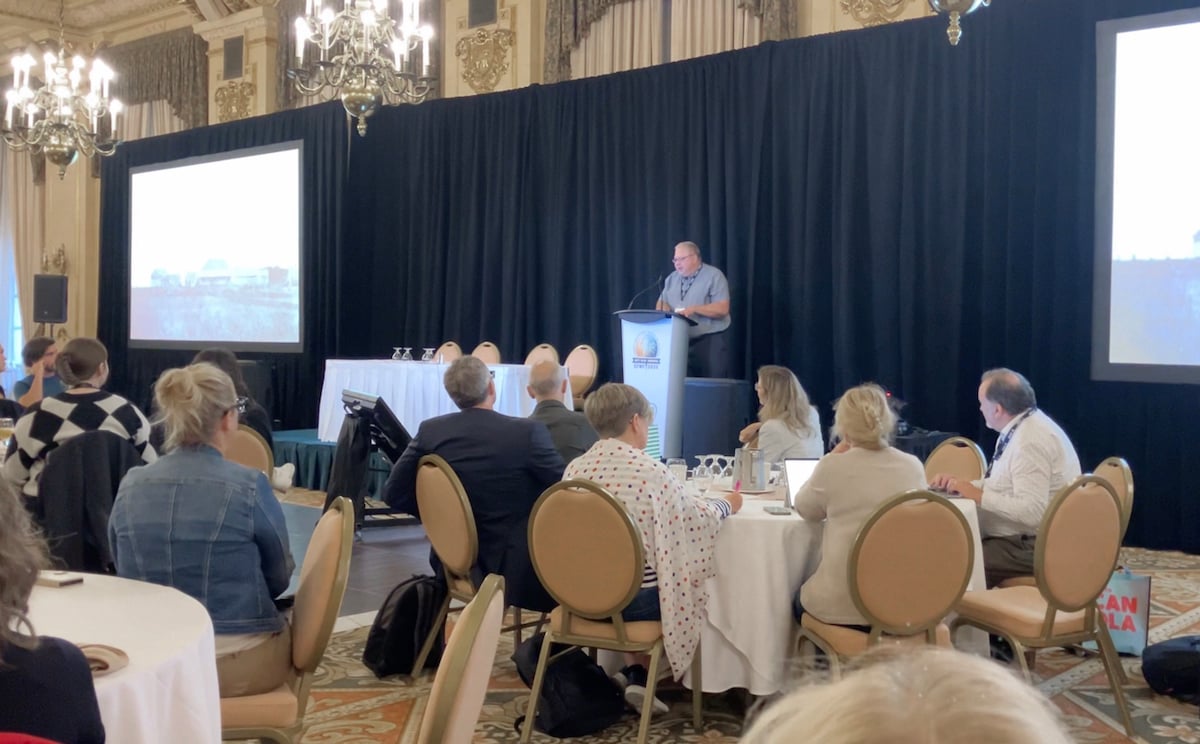
VIDEO: The long farm history of the Red River Métis
National Day for Truth and Reconciliation: Métis farmers and ranchers were integral to the success of Red River settlers in Manitoba, now they could use assistance to pass on their agricultural knowledge.
The Circle Y was home to Jasper Huntley, who helped both outlaws and the law, and the Big Muddy post of the North West Mounted Police. Before that, Sitting Bull rode through the yard on his way to surrender to the U.S. Army.
Tammy has embraced the history with passion.
“I lived all my life within this valley,” she said. “All within four miles and in two different countries.”
She was raised in Montana and came to the Circle Y when she married Michael Burgess. They share the love of the ranch, its rich history and the Wild West it conjures for visitors to this rugged landscape.
They are both artistic: Tammy draws, paints and can build almost anything and Michael writes and recites cowboy poetry.
But they make their living raising cattle, and environmental stewardship tops the priority list.
The Big Muddy is a fragile landscape of native grass and badlands, ideal for outlaws, but not so ideal for sustainability without proper care and attention.
The Circle Y is currently about 20,000 acres and the grass is carefully managed. The land base has changed over the years with the addition and subtraction of both private and provincial government lease land.
Dormant-season grazing, extended rest periods, stockpiled forages and remote solar watering are all used to keep both the grass and stock in top condition.
“It’s about sustainability,” said Michael.
Three breeding pastures are used just once every three years, giving them time to recover after being heavily used.
The peaks and valleys of the ranch present their own challenges. The grass in the low areas is lush but the land tends to be alkaline. It hardens like concrete and if the cattle get in it during the wet spring it can be left in poor condition.
In fact, some of the wagon trail ruts from Sitting Bull’s journey can still be felt.
But in the winter, the badlands provide good shelter for the herd.
Michael puts mineral tubs in the brush to encourage the cattle to trample it and allow more native grass to grow in its place.
Calving of about 400 predominantly Black Angus cows takes place in late April.
Light heifers are sold the following spring and steers spend the summer on grass before being shipped in the fall as feeders.
The Burgesses aren’t afraid to try different things. They’ve used Longhorn, Watusi and Santa Gertrudis genetics. They found the hair of the latter breed was too short for the climate but the cows stayed in the herd a long time and did well.
“Our next experiment is a Welsh Black bull that we’re trying on a small package of cows,” Michael said. “I was just looking for a shade more ruggedness, extra hair and foraging ability.”
They also have registered quarter horses, a nod to the original history of the place.
R.A. Wright established the ranch in 1916 after the outlaw era was over and three years later was selling horses to Russia.
R.F. Burgess purchased it in 1937 and 10 years later his son, Edward, came west from Ontario to help run it after hired managers didn’t do so well.
He ended up taking over, followed by Michael, and now two of Michael and Tammy’s children, Lane and Britt, are involved daily. Their oldest daughter, Tiffany, is an economic development officer. She and her husband, Kent, are also the parents of Colt, another generation to enjoy the ranch.
And Edward is still involved at age 92.
“He still goes out and fences and checks the solar water systems,” said Michael.
Water is pumped from dugouts and the cattle use springs that are also used by numerous wildlife species. Several species at risk, including burrowing owls, piping plovers and loggerhead shrikes, also call the Circle Y home.
Television watchers may have seen parts of the ranch, as well as Michael and Lane, during two episodes of Mantracker filmed in the spring of 2007.
Lane has recently bought his own place nearby and they hope the fourth generation will be taking over the grass they’ve cared for so well.
Michael has also put his beliefs into action, chairing the Prairie Conservation Action Plan and founding the Rancher’s Stewardship Alliance Inc.
“I could come up here every day,” Michael said from the ranch’s high point overlooking Big Muddy Lake. “I just never get tired of it.”
“I couldn’t imagine living anywhere else,” added Tammy.
karen.briere@producer.com


